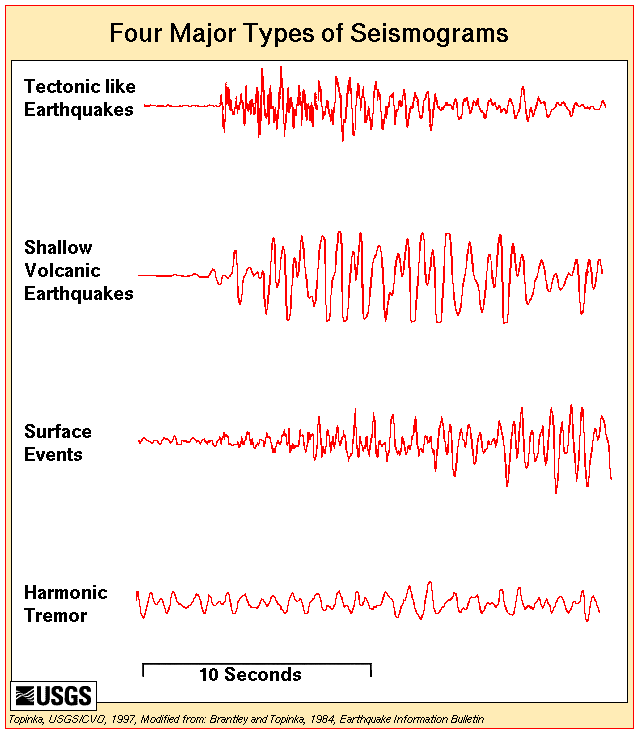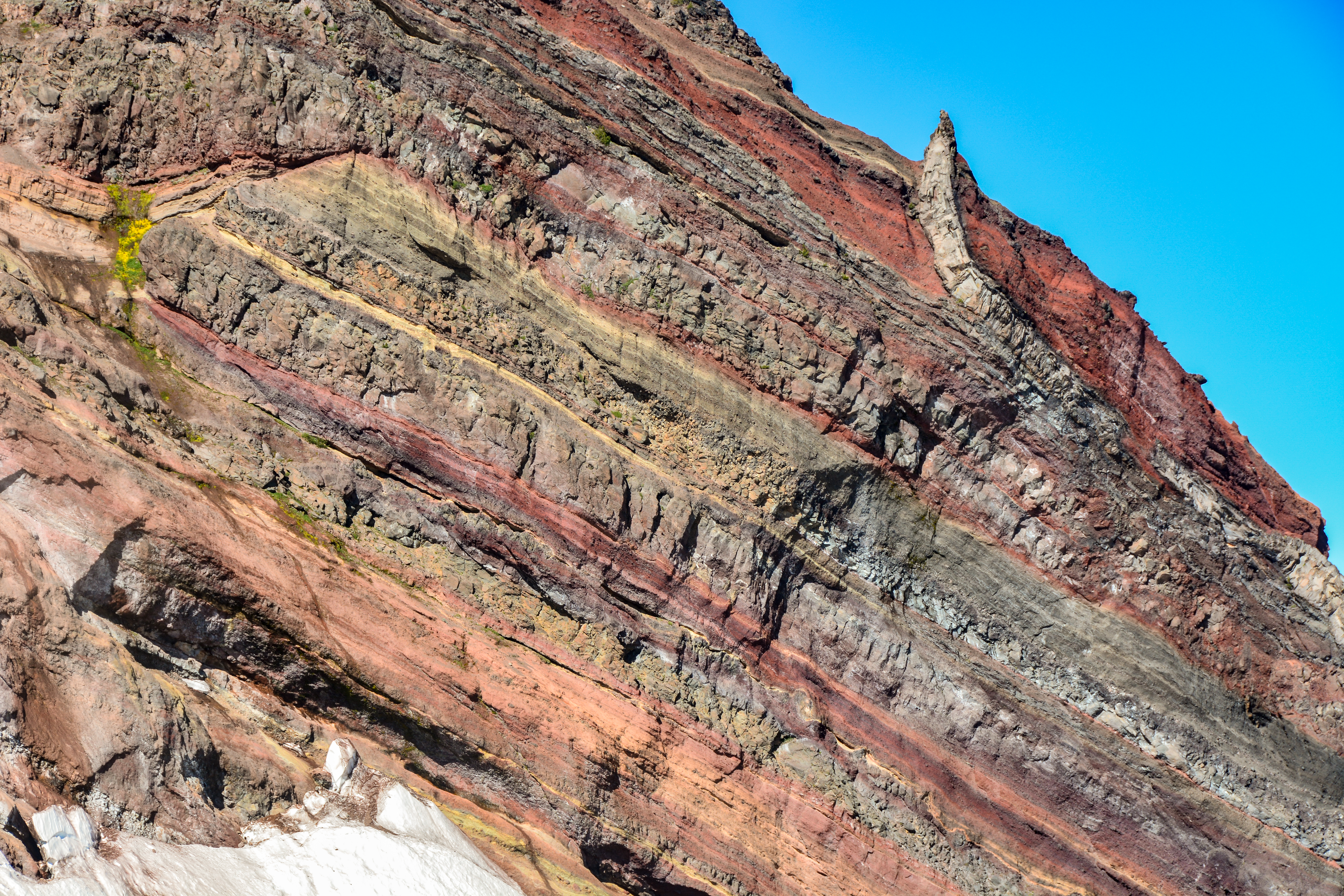|
Smith Volcano
Smith Volcano, also known as Mount Babuyan, is a cinder cone on Babuyan Island, the northernmost of the Babuyan group of islands on Luzon Strait, north of the main island of Luzon in the Philippines. The mountain is one of the active volcanoes in the Philippines, which last erupted in 1924. The volcano is politically located in the Municipality of Calayan, Cagayan province, the town that has jurisdiction over the Babuyan Islands except Fuga Island. Physical features The sparsely-vegetated cinder cone is high with a base diameter of . Layers of basaltic lava flows are evident south of the volcano."Smith Volcano, Cagayan, Cagayan Vall ... [...More Info...] [...Related Items...] OR: [Wikipedia] [Google] [Baidu] |
Babuyan Claro Volcano
Babuyan Claro Volcano, also known as Mount Pangasun, is a potentially active volcano located on Babuyan Island, the northernmost of the Babuyan group of islands in Luzon Strait, north of the main island of Luzon in the Philippines. It is classified as one of the active volcanoes of the country with the last confirmed eruption in 1860. The volcano is politically located in the similarly-named Barangay of Babuyan Claro, in the Municipality of Calayan, Cagayan province, in the Cagayan Valley Region (Region II) of the country. Physical features Babuyan Claro is a stratovolcano with an elevation of and a base diameter of about located in the center of Babuyan Island (also referred to as Babuyan Claro Island).Base diameter measured using Google Earth as the data at PHIVOLCS is incorrect at . It has four morphologically-fresh volcanic edifices: Mt. Cayonan in the south, Mt. Naydi and Mt. Dionisio in the southeast. Babuyan Claro has two very well-preserved craters in ... [...More Info...] [...Related Items...] OR: [Wikipedia] [Google] [Baidu] |
Basaltic
Basalt (; ) is an aphanitic (fine-grained) extrusive igneous rock formed from the rapid cooling of low-viscosity lava rich in magnesium and iron (mafic lava) exposed at or very near the surface of a rocky planet or moon. More than 90% of all volcanic rock on Earth is basalt. Rapid-cooling, fine-grained basalt is chemically equivalent to slow-cooling, coarse-grained gabbro. The eruption of basalt lava is observed by geologists at about 20 volcanoes per year. Basalt is also an important rock type on other planetary bodies in the Solar System. For example, the bulk of the plains of Venus, which cover ~80% of the surface, are basaltic; the lunar maria are plains of flood-basaltic lava flows; and basalt is a common rock on the surface of Mars. Molten basalt lava has a low viscosity due to its relatively low silica content (between 45% and 52%), resulting in rapidly moving lava flows that can spread over great areas before cooling and solidifying. Flood basalts are thick se ... [...More Info...] [...Related Items...] OR: [Wikipedia] [Google] [Baidu] |
Mountains Of The Philippines
The following is a partial list of mountains in the Philippines. Several of these are volcanoes, formed by subducting tectonic plates surrounding the archipelago. List This list contains most of the highest mountains in the country. It is limited to mountain peaks with, if known, an elevation of at least above sea level, and may include those considered as hills. The distinction between a hill and a mountain in terms of elevation is unclear and largely subjective, but a hill is universally considered to be less tall and less steep than a mountain. * ''Name'': mountains are sorted according to ''only name''s (without the "Mount" prefix) for easier reference in name and spelling variants. Unnamed peaks are ''italicized''. ''(note: to minimize clutter, citations for names are limited only to mountains with variant names, spellings, and/or those that currently do not have elevation data)'' * ''Elevation'': sorted in meters above sea level ''(note: Some mountains may contain sev ... [...More Info...] [...Related Items...] OR: [Wikipedia] [Google] [Baidu] |
Volcanoes Of The Luzon Strait
A volcano is a rupture in the crust of a planetary-mass object, such as Earth, that allows hot lava, volcanic ash, and gases to escape from a magma chamber below the surface. On Earth, volcanoes are most often found where tectonic plates are diverging or converging, and most are found underwater. For example, a mid-ocean ridge, such as the Mid-Atlantic Ridge, has volcanoes caused by divergent tectonic plates whereas the Pacific Ring of Fire has volcanoes caused by convergent tectonic plates. Volcanoes can also form where there is stretching and thinning of the crust's plates, such as in the East African Rift and the Wells Gray-Clearwater volcanic field and Rio Grande rift in North America. Volcanism away from plate boundaries has been postulated to arise from upwelling diapirs from the core–mantle boundary, deep in the Earth. This results in hotspot volcanism, of which the Hawaiian hotspot is an example. Volcanoes are usually not created where two tectonic plates slide pa ... [...More Info...] [...Related Items...] OR: [Wikipedia] [Google] [Baidu] |
Stratovolcanoes Of The Philippines
A stratovolcano, also known as a composite volcano, is a conical volcano built up by many layers (strata) of hardened lava and tephra. Unlike shield volcanoes, stratovolcanoes are characterized by a steep profile with a summit crater and periodic intervals of explosive eruptions and effusive eruptions, although some have collapsed summit craters called calderas. The lava flowing from stratovolcanoes typically cools and hardens before spreading far, due to high viscosity. The magma forming this lava is often felsic, having high-to-intermediate levels of silica (as in rhyolite, dacite, or andesite), with lesser amounts of less-viscous mafic magma. Extensive felsic lava flows are uncommon, but have travelled as far as . Stratovolcanoes are sometimes called composite volcanoes because of their composite stratified structure, built up from sequential outpourings of erupted materials. They are among the most common types of volcanoes, in contrast to the less common shield volcanoes ... [...More Info...] [...Related Items...] OR: [Wikipedia] [Google] [Baidu] |
List Of Inactive Volcanoes In The Philippines
This is a list of inactive volcanoes in the Philippines. Volcanoes with no record of eruptions are considered as extinct or inactive. Their physical form since their last activity has been altered by agents of weathering and erosion with the formation of deep and long gullies. Philippines Institute of Volcanology and Seismology. Retrieved on November 5, 2013. Inactive does not necessarily indicate the volcano will not erupt again. had no recorded historical eruption before its cataclysmic 1991 erupt ... [...More Info...] [...Related Items...] OR: [Wikipedia] [Google] [Baidu] |
List Of Potentially Active Volcanoes In The Philippines
This is a list of potentially active volcanoes in the Philippines, as classified by the Philippine Institute of Volcanology and Seismology. List See also * List of active volcanoes in the Philippines * List of inactive volcanoes in the Philippines * List of mountains in the Philippines References Philippine Institute of Volcanology and Seismology (PHIVOLCS) Potentially Active Volcano list Philippine Institute of Volcanology and Seismology (PHIVOLCS) Active Volcano list Philippine Institute of Volcanology and Seismology (PHIVOLCS) Inactive Volcano list External links * {{Volcanoes of the Philippines Volcanoes A volcano is a rupture in the crust of a planetary-mass object, such as Earth, that allows hot lava, volcanic ash, and gases to escape from a magma chamber below the surface. On Earth, volcanoes are most often found where tectonic plates a ... Philippines, potentially active *potentially Volcanism of the Philippines ... [...More Info...] [...Related Items...] OR: [Wikipedia] [Google] [Baidu] |
Volcanic Earthquake
A volcano tectonic earthquake is caused by the movement of magma beneath the surface of the Earth. The movement results in pressure changes where the rock around the magma has experienced stress. At some point, this stress can cause the rock to break or move. This seismic activity is used by scientists to monitor volcanoes. The earthquakes may also be related to dike intrusion or occur as earthquake swarms. Cause of volcano tectonic earthquakes One possible scenario resulting in a possible volcano tectonic earthquake is tectonic subduction zones. The compression of plates at these subduction zones forces the magma beneath them to move. Magma can not move through the newly compressed crust in as easily a manner. This means it tends to pool in magma chambers beneath the surface and between the converging tectonic plates. Many of the famous and most well known volcanoes fall on this line, including the Ring of Fire. As the plates move, magma underground may be forced in and o ... [...More Info...] [...Related Items...] OR: [Wikipedia] [Google] [Baidu] |
Philippine Institute Of Volcanology And Seismology
The Philippine Institute of Volcanology and Seismology (PHIVOLCS, ; tl, Surian ng Pilipinas sa Bulkanolohiya at Sismolohiya) is a Philippine national institution dedicated to provide information on the activities of volcanoes, earthquakes, and tsunamis, as well as other specialized information and services primarily for the protection of life and property and in support of economic, productivity, and sustainable development. It is one of the service agencies of the Department of Science and Technology. PHIVOLCS monitors volcano, earthquake, and tsunami activity, and issues warnings as necessary. It is mandated to mitigate disasters that may arise from such volcanic eruptions, earthquakes, tsunamis, and other related geotectonic phenomena. History This government organization was formed after a historical merging of official functions of government institutions. One of its first predecessors is the Philippine Weather Bureau created in 1901 when meteorological, seismological a ... [...More Info...] [...Related Items...] OR: [Wikipedia] [Google] [Baidu] |
Volcanologists
Volcanology (also spelled vulcanology) is the study of volcanoes, lava, magma and related geological, geophysical and geochemical phenomena (volcanism). The term ''volcanology'' is derived from the Latin word '' vulcan''. Vulcan was the ancient Roman god of fire. A volcanologist is a geologist who studies the eruptive activity and formation of volcanoes and their current and historic eruptions. Volcanologists frequently visit volcanoes, especially active ones, to observe volcanic eruptions, collect eruptive products including tephra (such as ash or pumice), rock and lava samples. One major focus of enquiry is the prediction of eruptions; there is currently no accurate way to do this, but predicting eruptions, like predicting earthquakes, could save many lives. Modern volcanology image:Icelandic tephra.JPG, Volcanologist examining tephra horizons in south-central Iceland. In 1841, the first volcanological observatory, the Vesuvius Observatory, was founded in the Kingdom ... [...More Info...] [...Related Items...] OR: [Wikipedia] [Google] [Baidu] |
Stratovolcano
A stratovolcano, also known as a composite volcano, is a conical volcano built up by many layers (strata) of hardened lava and tephra. Unlike shield volcanoes, stratovolcanoes are characterized by a steep profile with a summit crater and periodic intervals of explosive eruptions and effusive eruptions, although some have collapsed summit craters called calderas. The lava flowing from stratovolcanoes typically cools and hardens before spreading far, due to high viscosity. The magma forming this lava is often felsic, having high-to-intermediate levels of silica (as in rhyolite, dacite, or andesite), with lesser amounts of less-viscous mafic magma. Extensive felsic lava flows are uncommon, but have travelled as far as . Stratovolcanoes are sometimes called composite volcanoes because of their composite stratified structure, built up from sequential outpourings of erupted materials. They are among the most common types of volcanoes, in contrast to the less common shield ... [...More Info...] [...Related Items...] OR: [Wikipedia] [Google] [Baidu] |
Babuyan Claro
Babuyan Claro Volcano, also known as Mount Pangasun, is a potentially active volcano located on Babuyan Island, the northernmost of the Babuyan group of islands in Luzon Strait, north of the main island of Luzon in the Philippines. It is classified as one of the active volcanoes of the country with the last confirmed eruption in 1860. The volcano is politically located in the similarly-named Barangay of Babuyan Claro, in the Municipality of Calayan, Cagayan province, in the Cagayan Valley Region (Region II) of the country. Physical features Babuyan Claro is a stratovolcano with an elevation of and a base diameter of about located in the center of Babuyan Island (also referred to as Babuyan Claro Island).Base diameter measured using Google Earth as the data at PHIVOLCS is incorrect at . It has four morphologically-fresh volcanic edifices: Mt. Cayonan in the south, Mt. Naydi and Mt. Dionisio in the southeast. Babuyan Claro has two very well-preserved craters in diamete ... [...More Info...] [...Related Items...] OR: [Wikipedia] [Google] [Baidu] |








